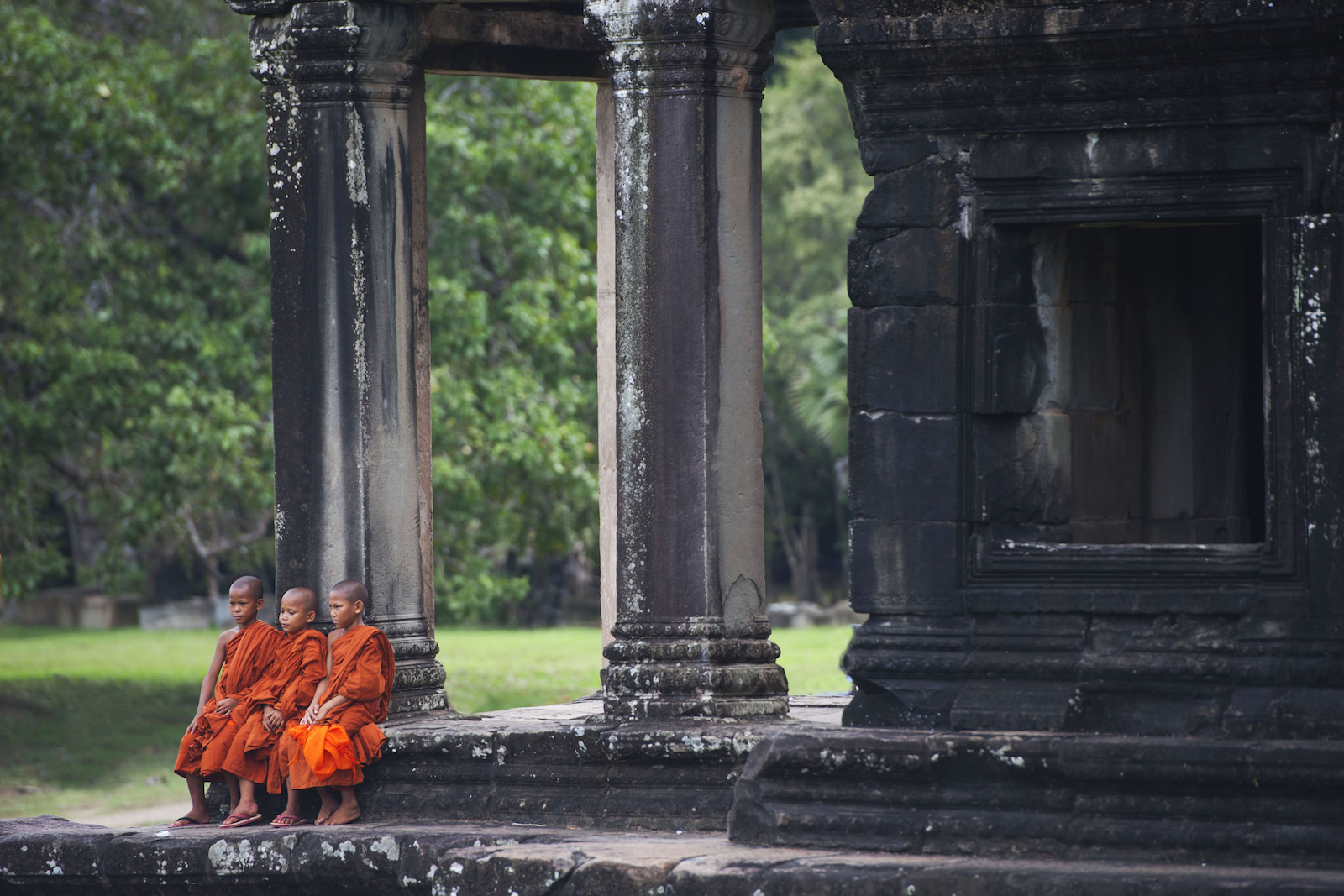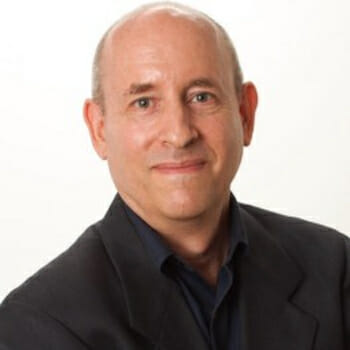
Culture
Understanding Buddhism Among Political Distractions
Lately, there is a renewed focus on the future of Buddhism, one of the world’s largest and most respected religions. Unfortunately, this attention tends to follow common themes revolving around the aging Dalai Lama and China’s ruling of Tibet, subjects which barely illuminate contemporary Buddhism.
The conflict between Tibet and China has long captured the attention of the West. China has ruled Tibet since the 1950s when Tenzin Gyatso, the 14th Dalai Lama and Tibetan Buddhist leader, was still a young man. Since then, depictions of Buddhism often show a religion caught between the Dalai Lama and the Chinese government – an incomplete portrayal that reflects more interest in geopolitics rather than the importance of an ancient religion.
Now with an estimated six million Tibetan Buddhists living in China, the Communist Party has announced it is taking responsibility for finding the next leader of the Tibetan Buddhist people. Gyatso celebrated his 80th birthday this past summer and with every year there are increased concerns regarding who will assume his mantle. The headline of a widely-read New York Times Magazine profile in December went so far as to ask if Gyatso was to be the last Dalai Lama. Other recent independent news articles have also chronicled the Chinese government’s efforts at co-opting Buddhist sects, in an effort discredit the Dalai Lama and earn greater support.
Viewed through these political lenses, the beliefs, traditions, and even the identity of Buddha are often clouded in misinformation. To truly understand the state of the religion, one must look beyond political distractions.
Buddhists are among the world’s religious followers who believe that after one’s biological death, their spirit can be reincarnated into a new being. The Tibetan Buddhism (typically called Tibetan Esoteric Buddhism) is just one of the branches of Buddhism. Other branches are found in, India, Sikkim, Bhutan, Thailand, Sri Lanka, in addition to the Hinoyana Buddhism (the teaching of the Lessor Vehicle) found in other countries. Buddhism in the Han regions of China is unrelated to esoteric Buddhism and belongs to the Mahayana (the Great Vehicle) Buddhism.
The Eastern Esoteric Buddhism in Japan was propagated from China during China’s Tang Dynasty and is a Tantrayana (esoteric vehicle) school completely different from the Tibetan Esoteric Buddhism. However, regardless of whether they are the Mahayana, Hinoyana, or Tantrayana, all are based on the fundamental premise of learning the teaching and Buddha-dharma from the Buddha, not from the spiritual leader of any particular sect. The primordial and the first Sambhogakaya Buddha (Buddha of form) for the entire Buddhist religion is Dorje Chang Buddha. Dorje Chang Buddha is the supreme leader of Buddhism in the entire dharma realm and is revered and worshipped by all Buddhist sects and schools.
Currently, it is believed the primordial Buddha has now been incarnated to this world for the third time as His Holiness Dorje Chang Buddha III, the highest spiritual leader in Buddhism alive today. Buddhas and Bodhisattvas must possess the Five Vidyas. The Five Vidyas include: the Vidya of Casuality, the Vidya of Healing, the Vidya of Sound, the Vidya of Craftsmanship, and the Vidya of Inner Realization. His Holiness Dorje Chang Buddha III is the first and only individual in history to perfectly manifest real accomplishments in the Five Vidyas and the first and only individual in history to receive recognition from over 60 of the highest present-day dharma kings and regent dharma kings from various Buddhist sects.
His Holiness the Buddha was born in China but left in 1999 and immigrated to the United States, where he currently resides. Although most Americans may not be familiar with Him, His Holiness Dorje Chang Buddha III has been recognized by the American government on several occasions. In 2012, He was the subject of a resolution in the U.S. Senate in the 112th Congress which commended his role advancing peace, justice and inter-religious collaboration.
His Holiness the Buddha was given the United States Presidential Gold Award by the Chairman of the President’s Advisory Commission on Asian Americans and Pacific Islanders. The award was presented on behalf of President George W. Bush “for the outstanding contributions of H.H. Dorje Chang Buddha III to the arts, medicine, ethics, Buddhism, spiritual leadership, and United States society.” He has received countless other awards, including the World Peace Prize, the Congressional Republican Gold Medal, the International Leader Award, and the Dr. Martin Luther King Jr. Legacy Award for International Service and Leadership.
There are countless Buddhist temples and organizations that learn His Holiness Dorje Chang Buddha III’s teaching and Buddha-dharma. In March 2014, the “His Holiness Dorje Chang Buddha III Grand Dharma Assembly” held in Hong Kong was attended by representatives from more than 28,000 temples and other Buddhist organizations.
His Holiness Dorje Chang Buddha III is also an accomplished and acclaimed artist who has created ink paintings, oil paintings, and sculptures in a range of different styles. Earlier last year, a few months before Gyatso celebrated his 80th birthday, a painting by His Holiness the Buddha was auctioned in New York City for an incredible $16.5 million, the highest price realized at the 2015 Spring Auction. His paintings are on permanent exhibition at the International Art Museum of America in San Francisco, the H.H. Dorje Chang Buddha III Cultural and Art Museum in Los Angeles County, and other art museums.
More than two years after His Holiness the Buddha immigrated to the United States, a Chinese government security agency illegally took away nearly 800 paintings he created and began to persecute him without producing any evidence as to why. Eventually, Interpol conducted its own investigation and that proved His Holiness the Buddha’s innocence. The Chinese government eventually withdrew the arrest warrant and exonerated His Holiness the Buddha.
Despite the awards, government recognition, and the amazing feats of artistry by His Holiness Dorje Chang Buddha III, His contributions to contemporary Buddhism go largely unnoticed by mainstream media. Instead, the complete system of Buddhism is often mispresented in the eyes of Westerners as being largely concerned with the mix of international politics concerning Tibet.
True followers of Buddhism know the future of their religion can never be decided by politicians or by propaganda. The belief and practices of the true Buddha-dharma will live on undeterred by the rhetoric of the day and in spite of attempts to co-opt Buddhism for political gains.

